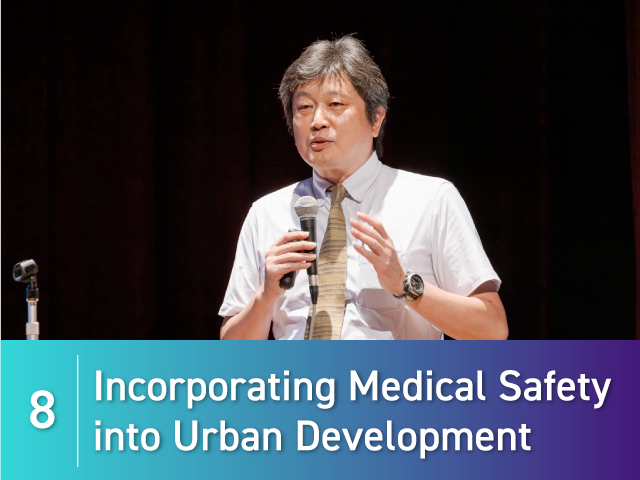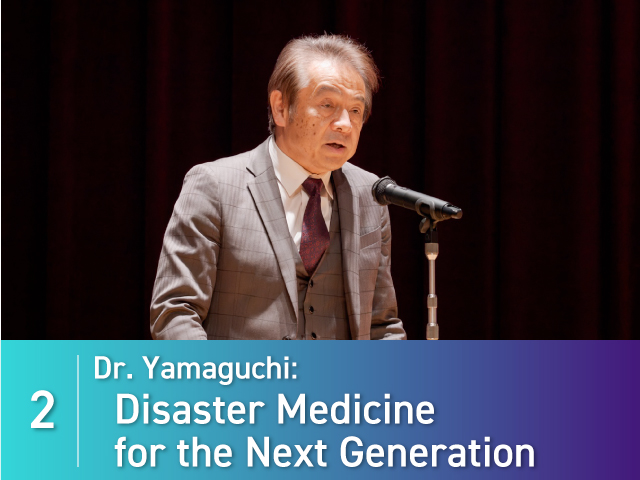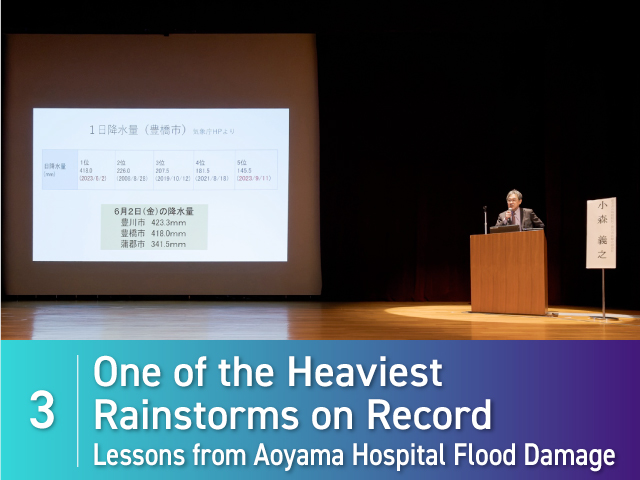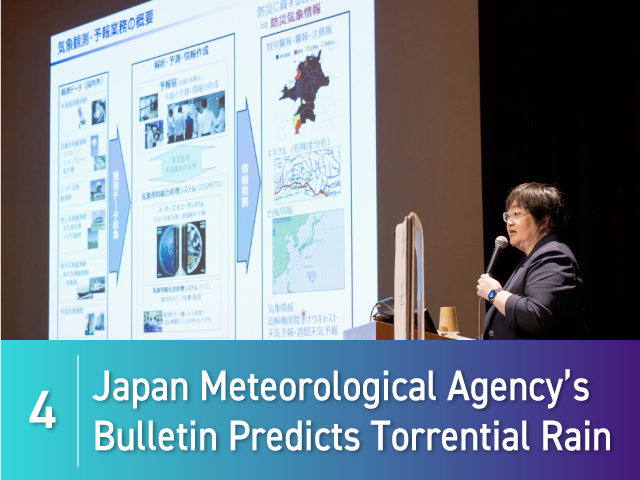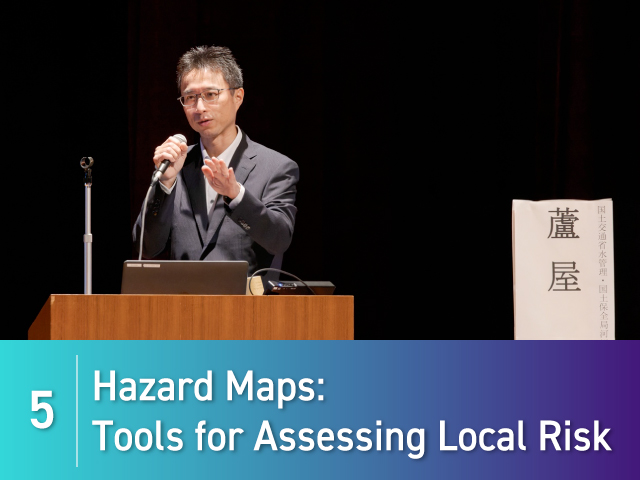6. Tokyo—Risks Associated with Below Sea-level Topography
Nobuyuki Tsuchiya, who holds a PhD in engineering from the Japan Riverfront Center, is an expert in flood countermeasures and well versed in urban development and river projects through his former experience as a member of the Tokyo Metropolitan Government.
According to Dr. Tsuchiya, predictions suggest that “a tidal surge in Tokyo Bay would cause 188 hospitals and 3,449 clinics in the metropolis to be submerged,” which would affect 59% of the capital’s hospitals and 49% of its medical clinics. “Diverting groundwater for industrial usage has caused land subsidence, resulting in much of the capital’s acreage being at sea level during low tide, with some areas even falling below sea level. That suggests that a storm surge might affect 66% of Tokyo’s hospital beds.”
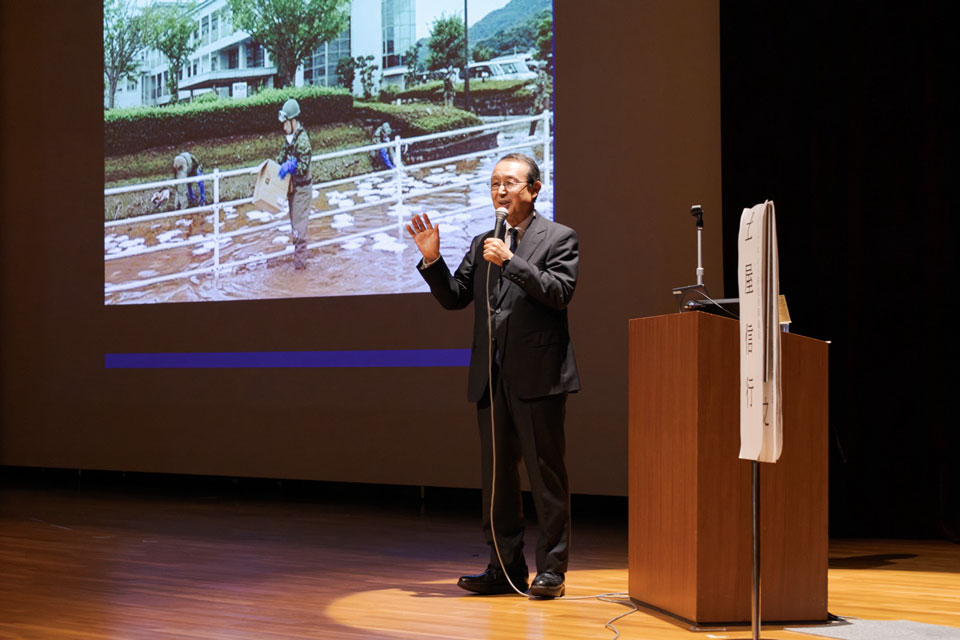
Dr. Tsuchiya reflected on an evacuation call he issued when predicting flooding of the Tama River.
“Only six out of 1,800 individuals evacuated. Even during the 2018 West Japan Floods, only 4.6% sought refuge. That means 95% of individuals will not evacuate. This absence of crisis awareness is the major cause of an upswing in disaster victims. Regardless of efforts invested by the Japan Meteorological Agency, the MLIT, or the Japan Medical Association, we alone cannot achieve zero disasters. We need a “consciousness revolution.”
Dr. Tsuchiya also presented the other side of the coin by introducing the example of Juntendo Hospital, which continued medical operations, undisturbed, during heavy rains in Saga Prefecture. The hospital had elevated its foundations in accordance with flood predictions shown on hazard maps so that its first floor could avoid submergence.
Dr. Tsuchiya stressed the importance of taking advantage of information. “If hazard maps are put to use, we may be able to reduce the number of flood casualties to zero.” He concluded by accentuating that “collaboration among civil, architectural, mechanical, and electrical experts as well as administrative staff is vital in creating hospital BCPs.”




